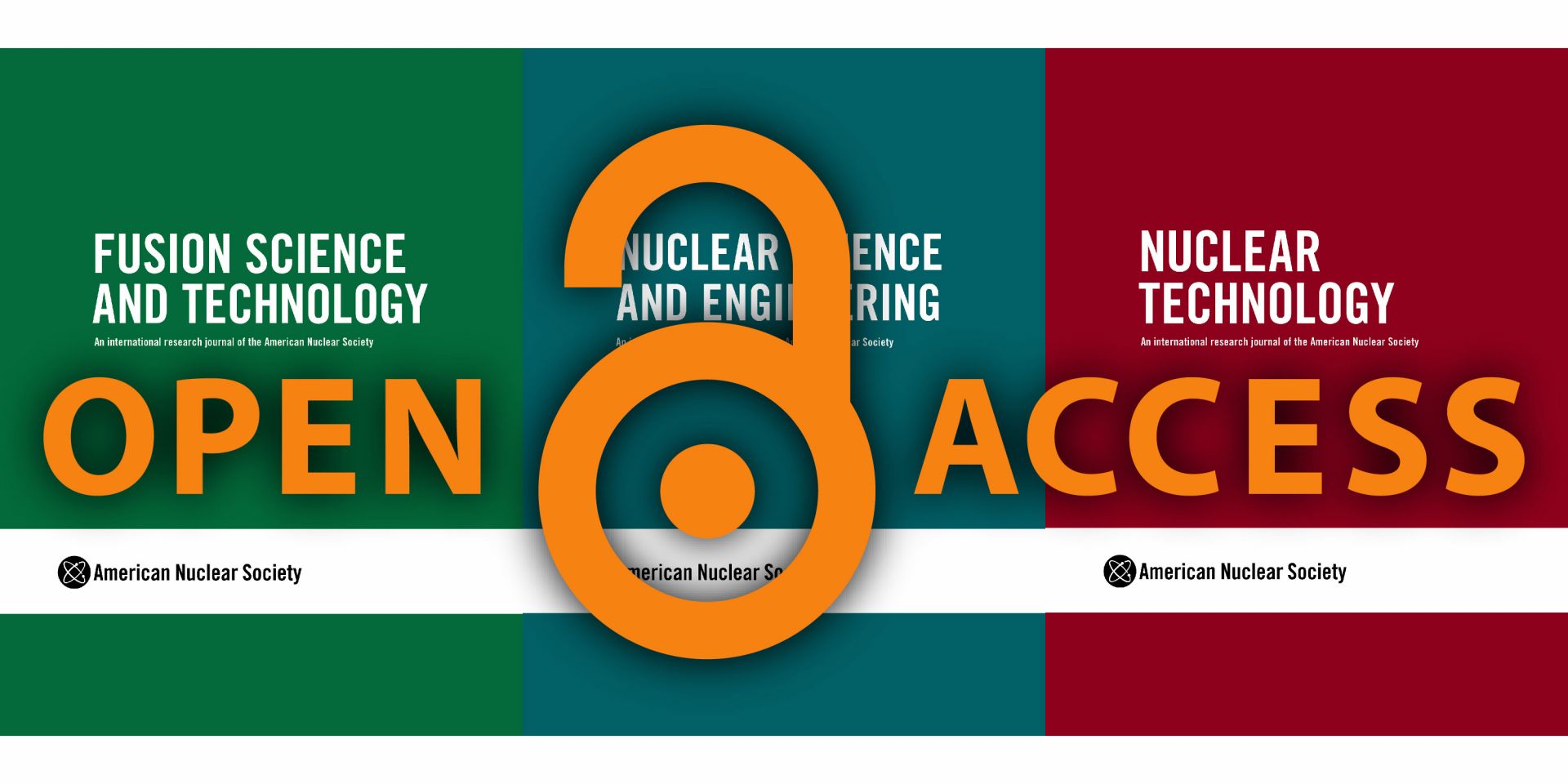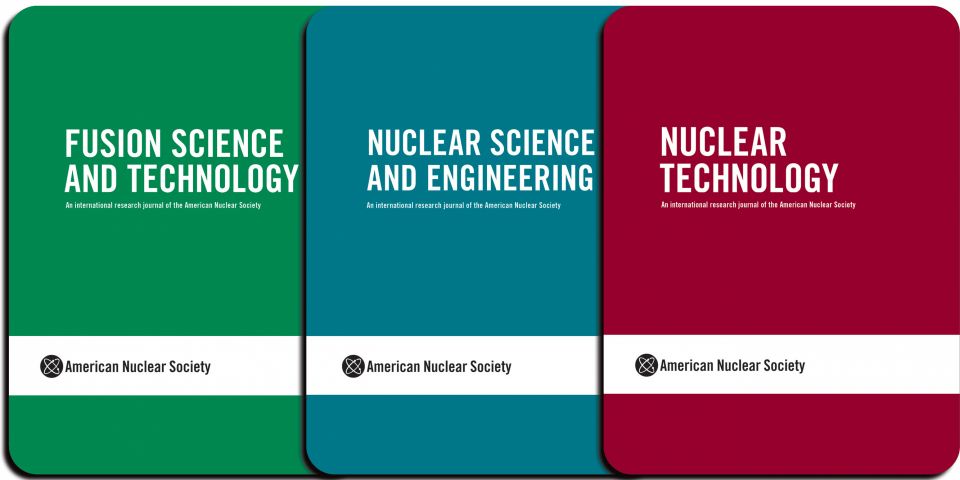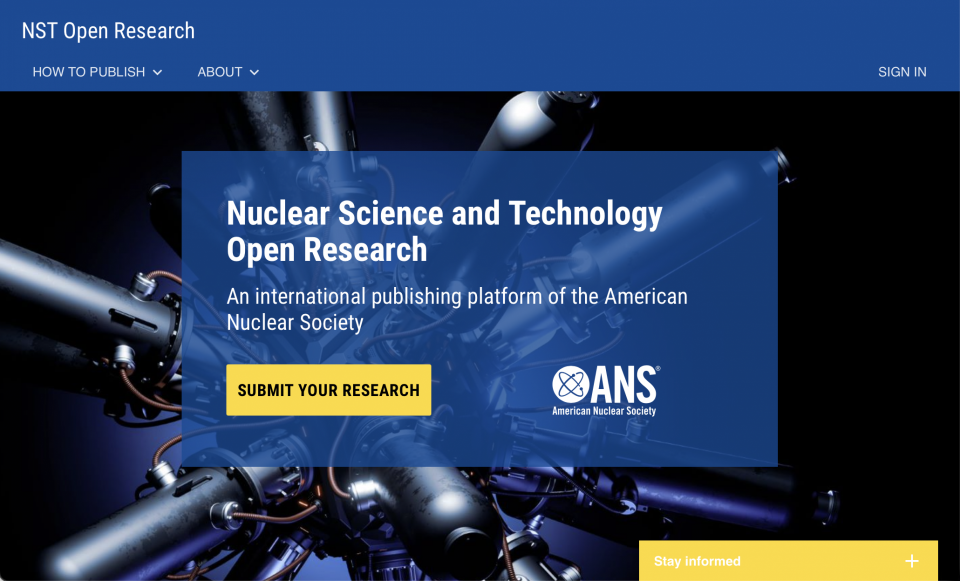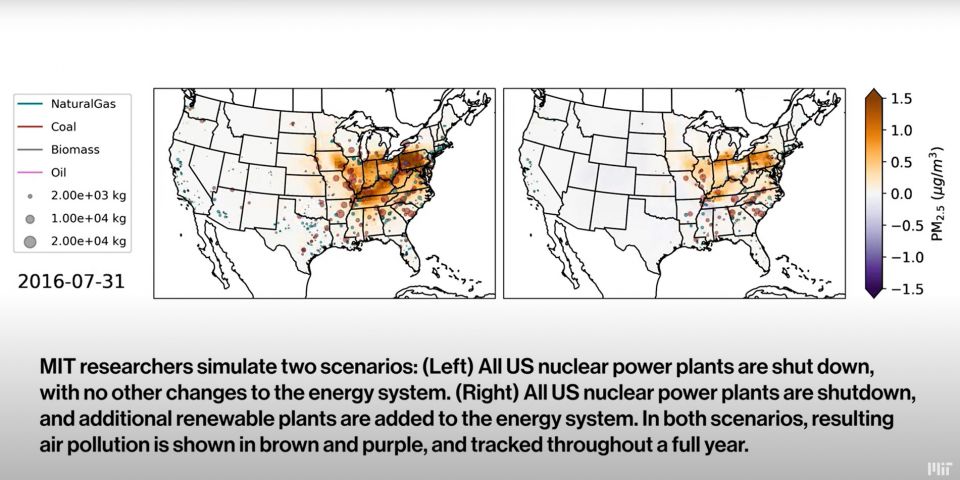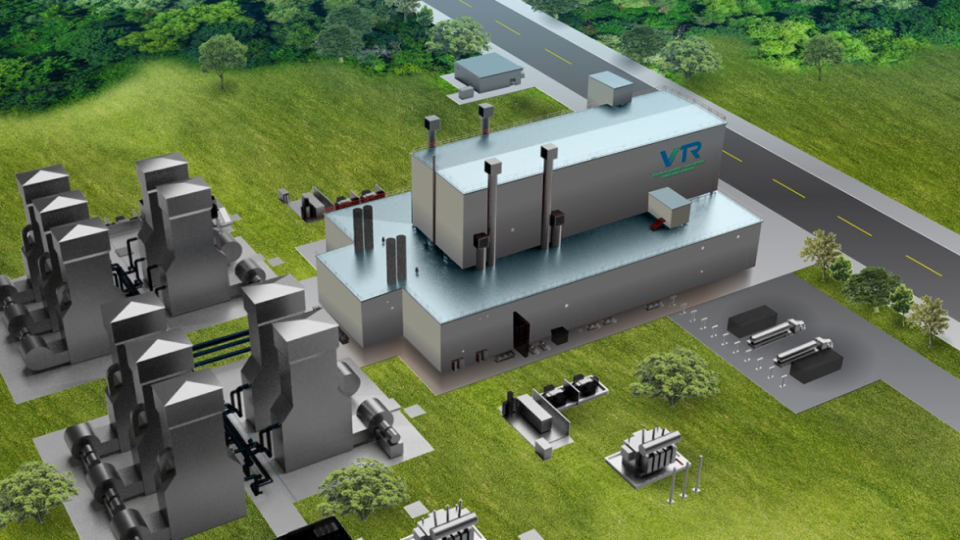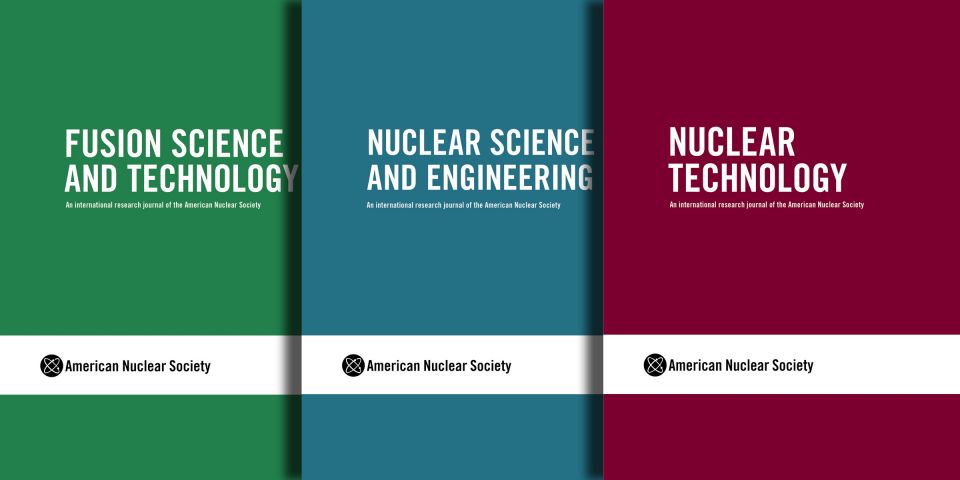Benefits of being open: Since 2018, authors have been publishing OA in ANS journals for greater reach and visibility.
Open access publication is popular, and for good reason. “The benefit to readers is obvious; OA articles typically receive 95 percent more citations than non-open papers and more than seven times as many downloads,” said David Strutz, ANS publications production manager. “To date, ANS journals have published 175 OA articles, and more are on the way.” (Read them online: NS&E, NT, FS&T)
OA partnering: National laboratories know the impact of open research. ANS has partnered with Los Alamos National Laboratory to publish a fully open access special issue on the history of the Manhattan Project and with LANL’s National Criticality Experiments Research Center to publish five papers commemorating the 10-year anniversary of that facility. Also, Idaho National Laboratory sponsored a special issue on the MOOSE multiphysics computational framework. The trend continues in 2022, with plans to publish fully OA issues on the Department of Energy’s Versatile Test Reactor and INL’s microreactor program.
Libraries and universities support the shift toward OA as well. Publisher Taylor & Francis has formed dozens of “read-and-publish” agreements with organizations worldwide, with the twin aims of helping connect readers with research and researchers with funding for OA publication. “These agreements often mean that individual authors can publish OA at no cost to themselves or benefit from discounted article publishing charges,” according to Taylor & Francis’s open access agreements website.
Page charges no more: For 2022, ANS’s journals have eliminated page charges, so authors can now publish free of charge under subscription. OA is available to extend author reach. It’s all part of a movement in publishing that shows no signs of slowing down.
